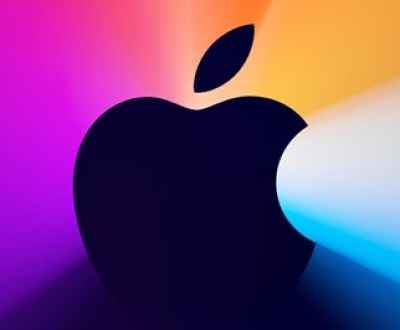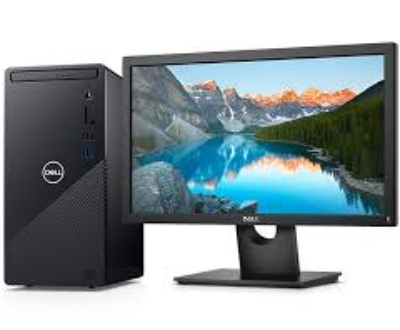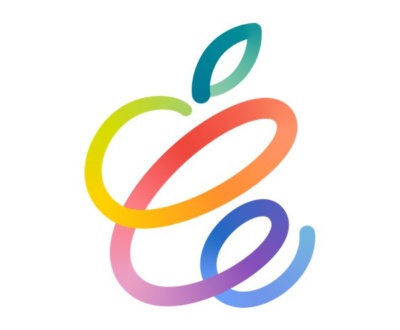Graphic connectors – VGA – DVI – HDMI and DisplayPort: which is best?
- February 26, 2013
- Tips and Tricks, Video
EXPLAINED How to choose a monitor connection
We recently added additional monitors to some of the Taybridge Windows PCs to provide a three workstation environment. We selected AMD video cards. If you look on the back of a top-flight AMD Radeon and you’ll find, along with the now-familiar DVI ports, HDMI and DisplayPort connectors and no VGA connectors. That’s three distinct digital connectors on one card. Why so many? Especially as most existing monitors are decidedly analogue have a VGA socket.
Well, DVI has been the champion but is on the way out. It’s been fun, but it’s reaching the end of the line. However, it won’t vanish just yet, because it can carry analogue VGA signals and there are still an awful lot of analogue monitors out there. This leaves us two new contenders for high-definition video. A growing number of monitors and TV have digital connections in the form of HDMI sockets. A digital connection provides a higher resolution picture at a greater refresh rate than analogue screens. This higher data display rate requires a higher speed digital connection, rather than a slower analogue connection. In TV land we have seen the same transition from analogue to digital broadcasting. In PC land we now have HDMI and DisplayPort as digital standards. Just to add confusion DisplayPort comes in different sizes. Anyone with a recent Apple will have a mini DisplayPort to drive an Apple monitor.
The two all-digital standards are not in direct competition either. They ‘complement’ each other, at least that’s the semi-official line. However, two new standards on one card means there is competition at some level, especially when you need to drop one for budget editions. This isn’t exactly a format war where only one will be left standing, though – both formats are here to stay.
So what’s up then? Both offer high-speed all-digital connection for video and audio with allowance for copy protection and 3D images. What are the strengths of each and why do the card people put both onboard to entice us?
The basic specifications and capabilities are similar and while the two ports essentially do the same job they do it in different ways which reflect their origins.
HDMI hails from the world of TVs, DVD players and consumer electronics. It takes as its starting point S-VHS and composite signals. DisplayPort hails from the computer chaps and uses a more sophisticated and flexible data transmission method.
HDMI explained
The High Definition Multimedia Interface first appeared in 2003 and was designed as a digital replacement for the multitude of analogue formats used in consumer AV standards (RF, SCART, Composite, S-VHS, RGB and so forth), in a compact single cable.
It can carry any uncompressed TV signal with 48-bit colour and up to eight channels of audio as well as control connections for the rare instances where one bit of kit can control another.
A DVI signal is fully compatible, so you can use a DVI to HDMI converter no problems.
The standard was put together by a consortium of big names, including Panasonic, Sony, Philips and Toshiba. The specification has now reached version 1.4.
The big gain in the later versions is the maximum clock speed, which governs bandwidth. The original specification called for a maximum of 165MHz, which is just enough to handle 1080p.
Version 1.3 upped this to 340MHz, in order to comfortably handle 1600p (technically known as Wide Quad Extended Graphics Array). The maximum data rate is 10.4GB/s.
It comes in single-link or double-link types (the 19-pin Type A and 29-pin Type B respectively), Type B equates to dual-link DVI, although we haven’t seen one yet.
HDMI 1.4 launched in March 2010 and adds an Ethernet connection, an audio return channel, more control protocols and is ready for 3D signals. It can cope with a 4096 x 2160 display, enough for a very beefy home cinema setup.
Cables come in two main types: Standard or Category 1 cables can cope with the lower capacities of version 1.0 to 1.2, while High-Speed or Category 2 cables are certified for versions 1.3 to 1.4.
There’s no standard set for the maximum cable length, it’s essentially down to the cable company to get it working properly. The signal drops off and the longer the cable, the thicker the wire and therefore the better the quality required.
HDMI:The standard 19-pin Type A HDMI connector, capable of 10.4GB/s in its latest iteration
HDMI benefits
Fully compatible with DVI, just add a converter. This only offers single-link DVI however, which means that high-end cards will still need to carry a DVI dual-link for high resolutions. A nice bit of backward compatibility, though.
HDMI includes CEC: Consumer Electronics Control. The idea is that one bit of AV kit can pass across instructions to another, such as turn on, change channel, and so forth. Nice when it works, which isn’t as often as you might like. No big loss on a PC.
HDMI has native support for the xvYCC colour space. This offers a gamut 1.8 times bigger than plain-old RGB models, by effectively using negative numbers for primaries. It was developed because modern panels are more capable than CRTs of displaying richer colours. Support for xvYCC colour space is found in many graphics cards, but the main target is digital camcorders. You won’t find it in Blu-Ray though and its absence on DisplayPort is no great loss.
If you’ve a respectably new television then it will have an HDMI port, making connecting a PC really easy, at last. This is the big bonus, games coming at you with real screen acreage (albeit not at super-high resolutions).
HDMI kit is currently a bit cheaper, especially for compatible monitors.
DisplayPort
Three years after HDMI first made its way into homes, DisplayPort was unleashed into the world. The standard was hammered out by VESA and was designed principally to go betwixt graphics card and monitor.
Importantly, it also happens to be royalty-free (as opposed to the four cent per device royalty charged to HDMI devices). DisplayPort was adopted after the United Display Interface (UDI) standard, principally developed by Intel as a DVI replacement, was canned.
Unlike the aforementioned HDMI, DisplayPort is a completely new standard. This means that it isn’t possible to produce an easy connection converter in the same way it was for HDMI.
Having said that, there is a special DP++ port, which offers multi-mode connections (including single-link HDMI and DVI signals) and can be used with a suitable converter cable. It is all a bit of a fudge, though, and requires a non-standard physical port.
DisplayPort uses a packet-based transmission system, enabling flexible use of bandwidths. It comes in one-, two- and four-link versions with increasing data capacities.
Theoriginal version could transfer a maximum of 8.64GB/s, while the 1.2 specification (which has been around since December 2009) doubles this to a delectable 17.28GB/s – considerably more than HDMI.
DisplayPort specifies a maximum cable length of three metres for copper and fifteen meters or more for fibre optic. If you are serious about putting space between box and monitor, then this is clearly the display interface of choice.
DisplayPort was designed from the outset with direct graphics card/monitor connection in mind, including the internal one. It can run a monitor directly from the DisplayPort signal, with no Low Voltage Differential Signalling (LVDS) circuitry required on the panel.
DISPLAYPORT:The full-size 20-pin DisplayPort plug, destined to be the connection of choice for monitors at a distance
DisplayPort benefits
DisplayPort is royalty-free. HDMI costs currently only four cents a pop, mind. DisplayPort has fewer rules over implementation too and is not so highly regulated, so manufacturers can have more fun with it.
Technically more accomplished, flexible and capable of carrying much more than just video and audio. At top-spec it has much more bandwidth too (10.2GB/s vs 17.28GB/s).
Supports multiple monitors on one cable, so you can daisy-chain two or more together. Thus, full DisplayPort 1.2 can drive four 1920 x 1200 monitors, one on each link, yowza.
Offers three metre copper cable at full resolution, it’s also been designed for fibre optics too, enabling much longer cables. HDMI has no maximum cable length and the signal can degrade.
It can run Direct Drive Monitors. This is of most significance internally in laptops, but we should see external DD monitors, which can be thinner, and one would hope, cheaper.
There’s a bi-directional auxiliary channel, which can be used for input from a microphone or USB device. This can carry 1Mb/s on the first versions and 720Mb/s for version 1.2.
A proper cable retention system, a small point perhaps, but a possibly very annoying if your HDMI cable keeps falling out.
Of course at some point cables will become redundant as high-speed wireless technologies evolve to provide reliable enough to drive high-resolution monitors and TV sets. There are a few existing wireless providers but that have poor reviews as they don’t offer enough throughput for serious graphics. The best current bet is WHDI, Wireless Home Digital Interface, is more exciting. This is designed as a full AV wireless standard. The basic spec is for 3Gbps, enabling 1080p, and a range of a 100 feet. The aim is to broadcast Blu-ray from a player to screens around the house.
About us and this blog
We are a digital marketing company with a focus on helping our customers achieve great results across several key areas.
Request a free quote
We offer professional SEO services that help websites increase their organic search score drastically in order to compete for the highest rankings even when it comes to highly competitive keywords.












